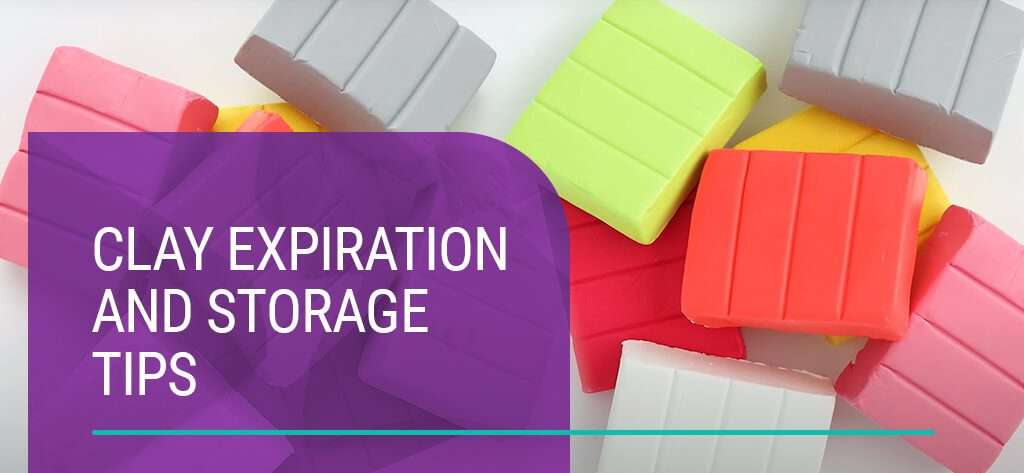In this article, we will be discussing the shelf-life of clay and whether or not it expires. We’ll explore the concept of shelf-life and how it applies to clay, as well as any factors that can affect its longevity. By the end of this article, you will have a better understanding of how to store and preserve your clay so that it remains usable for longer periods of time. So, let’s get started and find out the answer to the question: does clay expire?
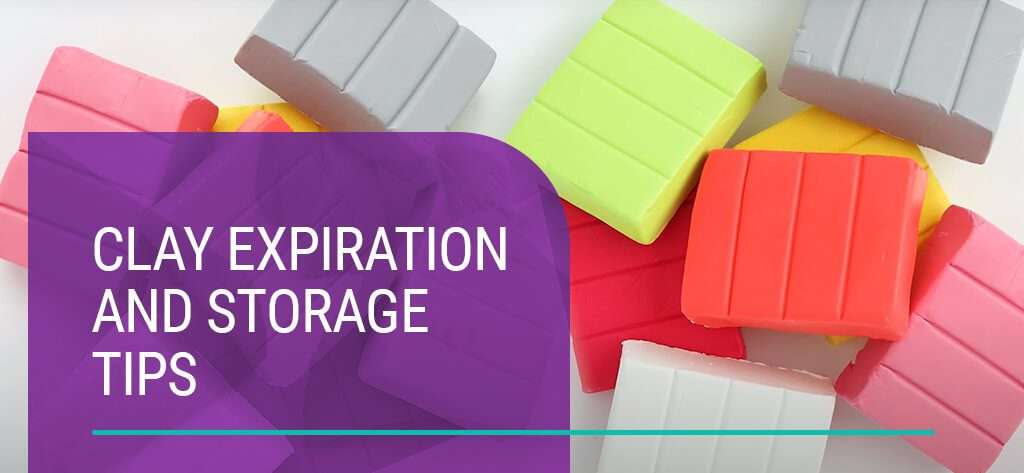
Exploring the Shelf-Life of Clay: Does it Expire?
Clay, a versatile and ancient material, has been used for centuries in various industries, from ceramics and pottery production to construction and infrastructure. But does clay have a shelf-life? Can it expire? In this article, we will delve into the understanding of clay composition, the factors affecting its shelf-life, the signs of expired clay, and the potential dangers of using clay past its prime. We will also explore methods to extend the shelf-life of clay, test its viability, examine common misconceptions, and discuss historical and alternative uses. Furthermore, we will look at the implications for off-grid living, clay’s role in environmental conservation, innovations in clay preservation, and its industrial applications. By the end of this article, you will have a clear understanding of clay’s shelf-life and its relevance in various industries.
Understanding Clay Composition
Before we delve into the shelf-life of clay, it is important to understand its composition. Clay is a type of soil or sedimentary rock that is primarily composed of fine-grained minerals, such as hydrous aluminum phyllosilicates or sheet silicates. It is formed through the decomposition of rocks over thousands of years. There are different types of clay, each with its own unique properties and uses.
Different Types of Clay
Clay can be classified into various types based on factors such as mineral content, color, and plasticity. Some common types of clay include kaolin clay, bentonite clay, montmorillonite clay, and ball clay. Each type has distinct characteristics that make it suitable for specific applications. For example, kaolin clay, with its high aluminum content, is often used in the production of ceramics and paper, while bentonite clay, with its absorbing properties, is commonly used in the skincare and pharmaceutical industries.
Chemical Composition of Clay
Chemically, clay is composed of hydrated phyllosilicates, which are layered silicate minerals. The primary minerals found in clay are kaolinite, illite, montmorillonite, and chlorite. These minerals contribute to clay’s unique properties, such as plasticity, ability to retain water, and shrinkage when dried or fired. The chemical composition of clay can vary depending on its type and location, which in turn affects its shelf-life and usability.
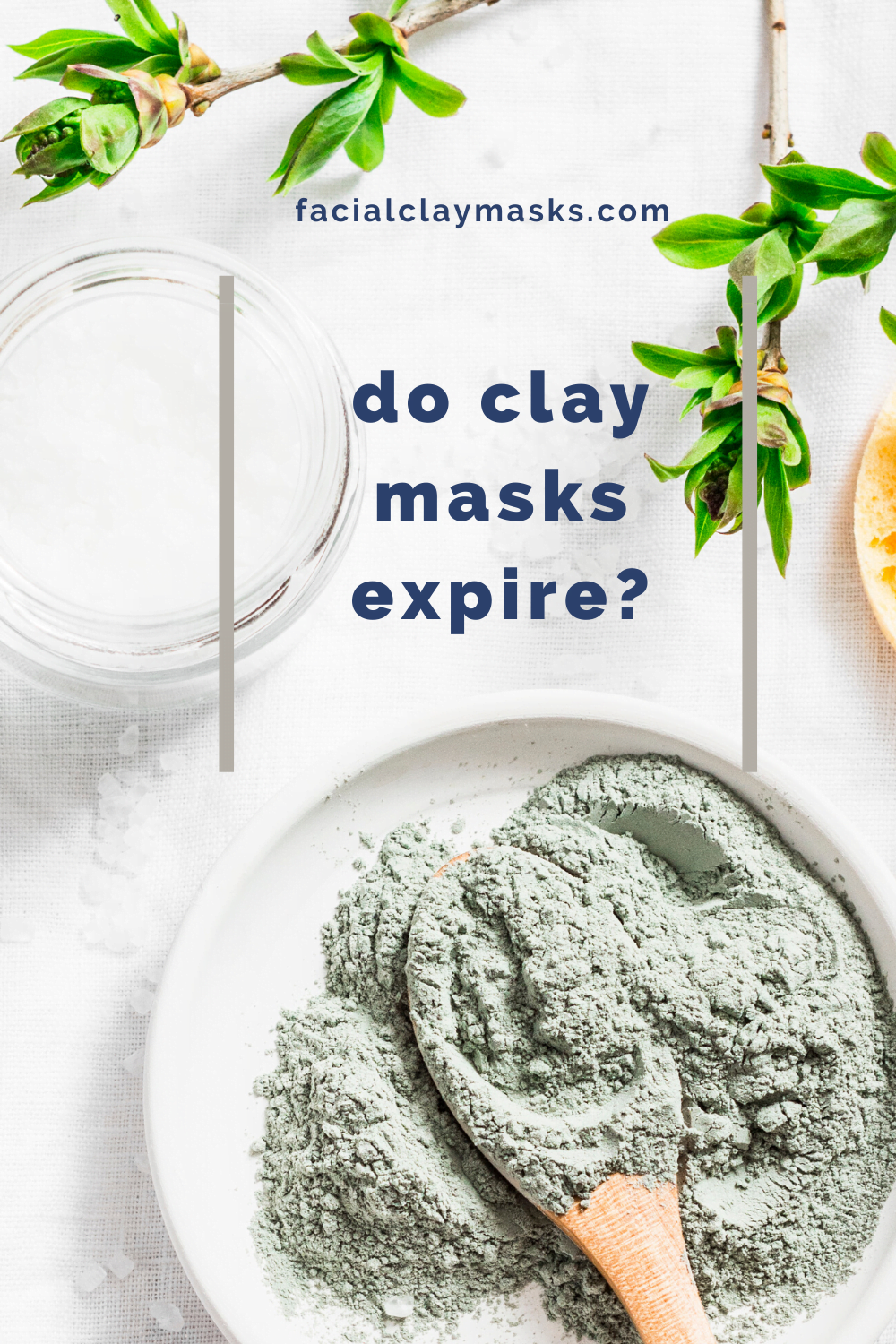
Factors Affecting Clay Shelf-Life
Like any other material, clay is subject to degradation over time. Several factors can influence the shelf-life of clay, including exposure to moisture and temperature variations.
Exposure to Moisture
Clay has a natural affinity for water and can absorb moisture from its surroundings. However, excessive exposure to moisture can lead to the deterioration of clay over time. When clay absorbs water, it can expand, causing changes in its texture and plasticity. Prolonged exposure to moisture can also promote microbial growth, leading to further degradation of the clay’s composition.
Temperature Variations
Temperature variations can also have a significant impact on the shelf-life of clay. Extreme temperatures, especially freezing temperatures, can cause clay to expand and contract, leading to cracks and changes in its structural integrity. Additionally, fluctuations in temperature can cause the clay to dry out or become too wet, affecting its workability and usability.
Signs of Expired Clay
To determine if clay has expired, it is essential to look for specific signs that indicate changes in its composition and properties. Over time, clay can undergo various transformations, leading to the expiration of its shelf-life.
Changes in Texture
One of the primary signs of expired clay is changes in its texture. Clay that has expired may become dry, crumbly, or hard, making it difficult to work with or mold. Conversely, clay that has absorbed excessive moisture may become sticky or slimy.
Loss of Plasticity
Another sign of expired clay is the loss of plasticity. Plasticity refers to a clay’s ability to be easily molded or shaped. Clay that has expired may lose its plasticity, becoming less malleable and difficult to manipulate. It may also experience increased shrinkage when drying or firing, resulting in cracking and deformations.

Potential Dangers of Expired Clay
Using expired clay can pose several dangers, both in terms of health hazards and decreased structural integrity.
Health Hazards
Clay that has expired may contain microorganisms, bacteria, or fungi that have grown due to prolonged exposure to moisture. These microorganisms can cause health hazards if inhaled or ingested. It is important to handle clay with care and avoid using expired clay in situations where there is a risk of ingestion or inhalation.
Decreased Structural Integrity
Clay that has expired may no longer possess the necessary structural integrity required for certain applications, such as construction or pottery production. Expired clay may be more prone to cracking, crumbling, or collapsing, leading to structural failures or unsatisfactory results. It is crucial to assess the viability of clay before using it in applications where structural integrity is essential.
Extending the Shelf-Life of Clay
While clay does have a natural shelf-life, there are ways to extend its usability and enhance its longevity. Proper storage techniques and the use of additives can play a significant role in preserving clay for longer periods.
Proper Storage Techniques
Storing clay in a controlled environment is crucial to extend its shelf-life. Keep clay in a dry and cool place, away from direct sunlight and extreme temperature fluctuations. Clay can be stored in airtight containers or sealed bags to minimize exposure to moisture. It is also recommended to store different types of clay separately to prevent cross-contamination or unintended reactions.
Using Additives
Additives can be used to enhance the workability and extend the shelf-life of clay. Substances like glycerin or water-soluble polymers can be added to clay to improve its plasticity and prevent it from drying out. However, it is important to use additives in the appropriate concentrations and follow the manufacturer’s instructions to avoid compromising the clay’s properties or usability.
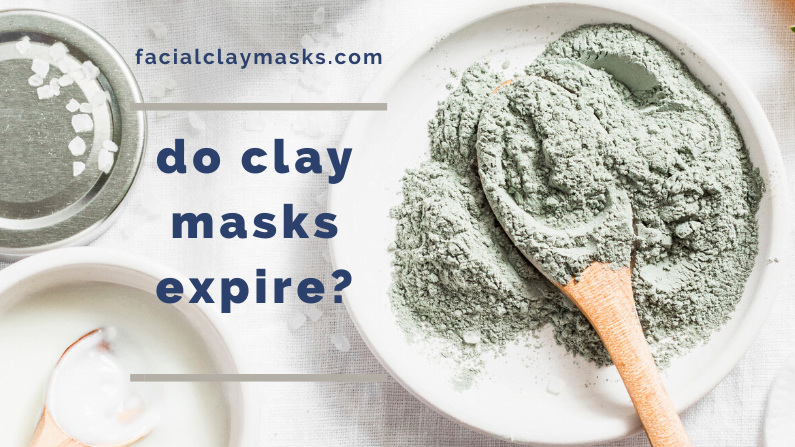
Methods to Test Clay’s Viability
Before using clay, especially if it has been stored for an extended period, it is advisable to test its viability. Two common methods used to assess clay’s usability are the slake test and shrinkage measurement.
Slake Test
The slake test involves soaking a small sample of clay in water and observing its disintegration over time. If the clay disintegrates rapidly, it may indicate that it has expired and is no longer suitable for use. However, if the clay maintains its structure and only slightly softens, it may still be viable.
Shrinkage Measurement
The shrinkage measurement test involves recording the percentage of shrinkage that occurs in a clay sample when it dries or is fired. By comparing the shrinkage percentage to a known standard, it is possible to assess whether the clay is within an acceptable range and suitable for use. Excessive shrinkage may indicate that the clay has expired and should not be used.
Common Misconceptions about Clay
There are a few common misconceptions about clay that are important to address.
Clay as a Renewable Resource
Contrary to popular belief, clay is not a renewable resource in the same sense as trees or other plant-based materials. While clay can be extracted from the earth and used, the process of clay formation takes thousands of years and relies on geological processes. Thus, it is essential to use clay wisely and consider its limited availability.
Clay’s Permeability
Some people may assume that clay is impermeable due to its compact nature. However, clay has a unique permeability characteristic that allows water to pass through it slowly. This property makes clay suitable for applications such as environmental remediation, where it can act as a barrier to prevent the migration of contaminants.
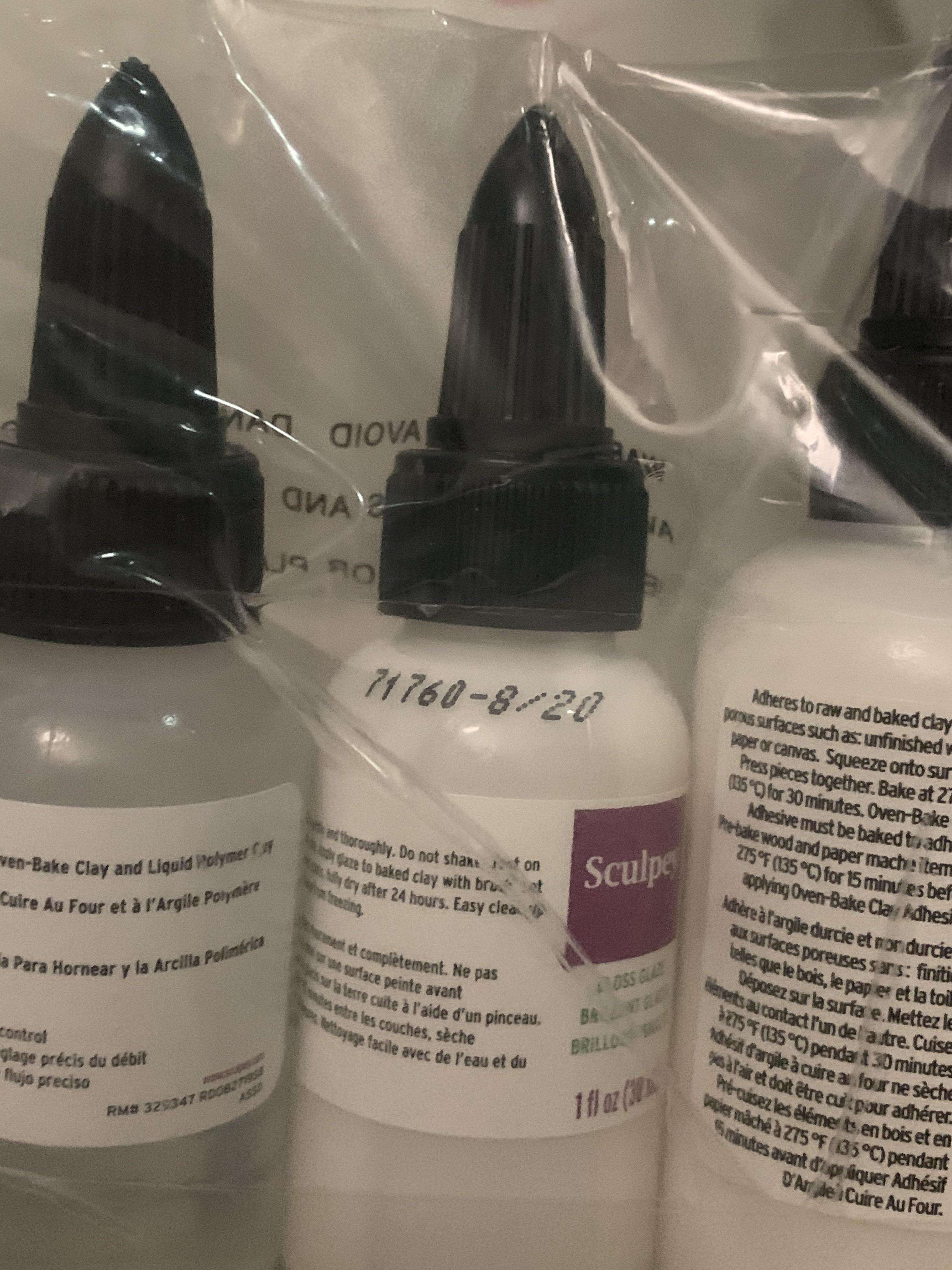
Historical Uses of Expired Clay
Throughout history, expired clay has been found in various archaeological findings and artifacts. These artifacts provide valuable insights into the uses of aged clay and its relevance in ancient civilizations.
Archaeological Findings
Archaeologists often unearth pottery fragments and other clay artifacts from ancient civilizations. These artifacts help researchers understand the techniques and methods used by ancient potters and provide a glimpse into the artistic and functional aspects of clay use in the past. The discovery of expired clay artifacts demonstrates that clay has been used for millennia, even before our modern understanding of its shelf-life.
Artifacts Made from Aged Clay
Expired clay can also be repurposed into artifacts and sculptures. Artists and craftsmen may intentionally use clay that has expired to create unique and textured pieces. The aged clay adds character and a sense of history to the artwork, highlighting the enduring nature of clay as a creative medium.
Alternative Uses for Expired Clay
While expired clay may no longer be suitable for its traditional applications, there are alternative uses where its properties can still be beneficial.
Gardening and Agriculture
Expired clay can be incorporated into gardening and agricultural practices. Clay’s ability to retain water and nutrients can make it an ideal additive for improving soil structure and moisture retention. Additionally, clay can be used to create clay pots for plants, providing a natural, porous material that helps regulate moisture levels.
DIY Crafts and Sculptures
Expired clay can be repurposed for DIY crafts and sculptures. Its unique texture and properties can add a distinct character to handmade objects. Clay art, such as pottery, sculptures, and jewelry, can be created using expired clay, offering a sustainable and artistic alternative to fresh clay.
Implications for Off-Grid Living
The shelf-life of clay holds particular significance for those living off-grid or in remote locations. The sustainability considerations and the versatility of clay make it an attractive material for various aspects of off-grid living.
Sustainability Considerations
Clay is a naturally occurring material that can be sourced locally, reducing the need for extensive transportation and minimizing the carbon footprint. Its longevity and ability to be recycled or repurposed make it a sustainable option for off-grid living where resources may be limited.
Clay as a Construction Material
Clay has long been used as a construction material. Its thermal properties help regulate temperature, keeping dwellings cool in hot climates and warm in cold climates. The abundance and easy accessibility of clay make it a viable option for constructing off-grid homes or sustainable buildings.
Clay’s Role in Environmental Conservation
Clay plays a crucial role in environmental conservation, particularly in erosion prevention and water purification.
Erosion Prevention
Clay can be used as a soil amendment to prevent erosion and stabilize slopes. Its cohesive properties and ability to retain water can help bind soil particles together, reducing erosion caused by wind or water runoff. Additionally, clay barriers can be used in land reclamation projects to prevent further erosion and promote vegetation growth.
Water Purification
Clay is also effective in water purification processes. Its adsorption properties can help remove contaminants and impurities from water, improving its quality. Clay-based filtration systems are often employed in areas with limited access to clean water, offering a cost-effective and sustainable solution.
Innovations in Clay Preservation
In recent years, there have been advancements in clay preservation techniques, including new packaging technology and preservation additives.
New Packaging Technology
New packaging technologies, such as vacuum-sealed bags or moisture-proof containers, can help maintain the quality of clay for extended periods. These innovative packaging solutions limit exposure to moisture, air, and light, preventing degradation and preserving the clay’s properties.
Preservation Additives
The development of preservation additives has also contributed to the extension of clay’s shelf-life. These additives, when used in the appropriate concentrations, can help enhance the workability and prevent the deterioration of clay. Preservation additives can be incorporated into clay during the manufacturing process or added later to rejuvenate expired clay.
Exploring Clay’s Industrial Applications
Clay’s unique properties and versatility make it essential in various industrial applications.
Ceramics and Pottery Production
Clay has been used since ancient times for ceramics and pottery production. Its plasticity, ability to retain shape, and thermal properties make it an ideal material for creating functional and artistic objects. From tableware to decorative art, clay plays a significant role in the ceramics and pottery industry.
Construction and Infrastructure
Clay is used extensively in the construction and infrastructure sectors. Clay bricks have been a common building material for centuries due to their durability, insulating properties, and fire resistance. Additionally, clay-based materials, such as clay tiles, pipes, and plasters, are widely used in various construction applications.
Conclusion
In conclusion, while clay does have a shelf-life, it can be extended through proper storage techniques and the use of additives. It is important to be aware of the signs of expired clay and the potential dangers of using clay past its prime. Testing the viability of clay through methods such as the slake test and shrinkage measurement can ensure its suitability for various applications. Clay’s historical uses, alternative uses for expired clay, and its implications for off-grid living highlight its enduring relevance. Clay’s role in environmental conservation, innovations in preservation, and its industrial applications further demonstrate its versatility and importance. Whether it is in ceramics and pottery production or contributing to erosion prevention and water purification, clay continues to play a significant role in various industries. Understanding the shelf-life of clay provides valuable insights into its usability and its potential for sustainable and creative applications.

